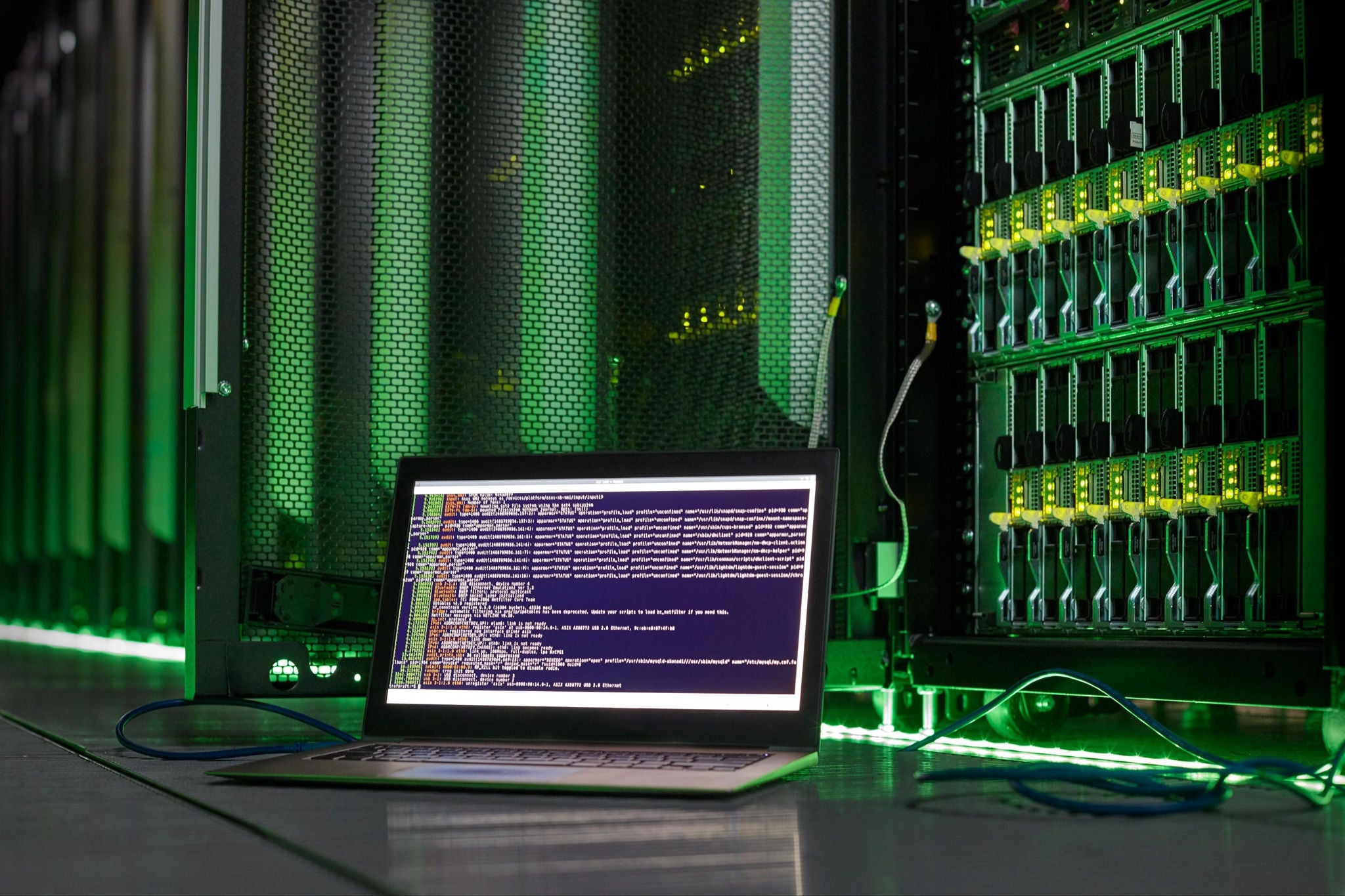EY refers to the global organization, and may refer to one or more, of the member firms of Ernst & Young Global Limited, each of which is a separate legal entity. Ernst & Young Global Limited, a UK company limited by guarantee, does not provide services to clients.
How EY can Help
-
The EY cyber incident response team helps you recover promptly from malware, ransomware, compromised email accounts and other cyber attacks. Learn more.
Read more
A significant trend is the adoption of unconventional programming languages —such as Rust and Golang — by ransomware groups. This shift complicates cybersecurity measures and enables the malware to be more versatile across different platforms. BlackCat is a notable example of an emerging ransomware group that has embraced the Rust programming language and gained notoriety for its successful targeting of high-profile companies. Built for performance and memory management, Rust allows the group’s ransomware to run efficiently and evade detection in sandbox environments. Additionally, Rust provides the group with customization opportunities, enabling the ransomware to perform more sophisticated techniques and have different encryption methods for different victims.




